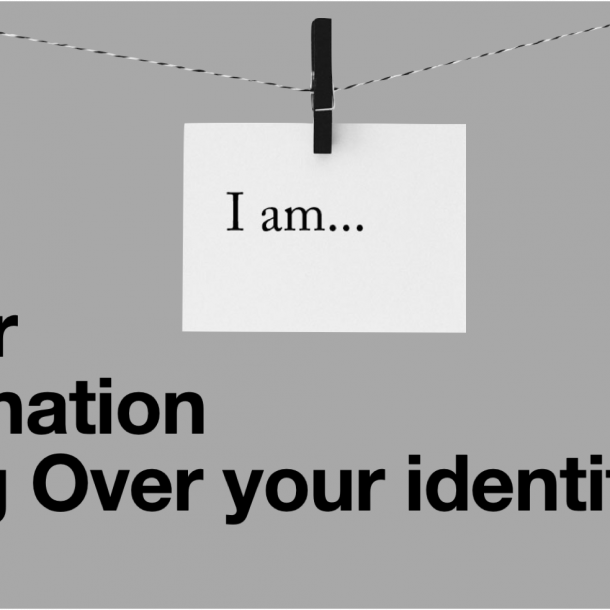
It has been more than 4 months since education institutes across the country have been closed. Historically our education system has maintained its distance from the word ‘adapting’. However, the current pandemic situation pushed them to look for feasible alternatives to physical classrooms. Initial push by government to go digital and the hype of online classes, schools, teachers & parents for E-classes are still dubious in accepting it on a massive scale.
What surprises me is that it took a pandemic for the government and the policy makers to understand that India’s Education system needs a technology boost.
As soon as the country went into lockdown, there was an increase in user registrations and traffic on the EdTech platforms. A study by top learning platforms revealed that there has been a 26% increase in user registrations between April and May compared to the year before.
Market stats of digital education platforms in India
While private schools have been quick in adapting to the situations and started taking digital sessions, majority of the students in the government schools are left behind. Even private institutions in tier 1, 2 cities are quickly taking over to online education
India’s EdTech market leader Byju’s saw three times increase in the web traffic and number of students accessing its app. Other startup EdTech platforms are also growing exponentially.
While the stocks of EdTech applications are on the hike; exam preparation platforms like GradeUp has launched campaigns such as PadhaiNhiRukegi and Toppr, which offers a platform where students prepare for entrance exams like IIT JEE, NEET, BITSAT is witnessing a growth of 100% in monthly paid users.
How did the state governments respond?
Major steps were taken by the different state governments. For instance, the Uttarakhand government issued an order on April 21, 2020 to all government and private institutions to start regular online classes.
The orders stated the below points:
- The online classes shall be conducted using Skype, Google Meet, Microsoft Teams, and Zoom
- The sessions should be recorded
- The timetable to be shared with the students through SMS or WhatsApp messages by the principals and professors concerned
- Notes and other materials can be shared with the students by uploading them on WhatsApp, e-mail, the website of the institution, and Youtube
This enables teachers and students to register online and be a part of the online classes.
The Ground Reality
The sudden digitalization cannot be an easy jump for everyone. There are many districts where there is a lack of digitalization and network access.
I know many parents from remote villages who don’t have smartphones or computers. They are traveling 5-7 kms to the city just to register on a portal. Yet, they are unable to attend online classes regularly because they cannot commute everyday. It is just not possible.
We are talking about the growth of India’s online Education System without working on the present situation. How do we succeed in the future without working in the present?
Few important points to consider:
- Government national sample survey says that less than one-fourth of the households have internet access
- The telecom regulatory authority of India indicates that 78% of the Indians have mobile phones, out of which only 57% reside in the rural area where the bulk of the population resides
- A recent survey by Quantum Satis shows that out of 7500 students, 72.6% use the mobile hotspot feature for internet connectivity and 97% of them face signal issues, only 15% use the broadband connection
Even before we talk about the availability of hardware and internet connection; there are more issues to consider, such as electricity. Rural areas face the power supply problem. 16% received 1-8 hours of electricity daily, 33% received 9-12 hours and only 47% received more than 12 hours. Besides this, some schools also provide mid-day meals to the family below the poverty line. They act as a lifesaver and an incentive for them to attend school. Due to the pandemic, around 9.12 crore Indian children has lost access to midday meals. It’s tragic, right!
This pandemic exposes the divide in India’s Education system, something we all knew but perhaps were in denial about. The future of this sector depends on how the government accepts the shortcomings and work towards providing a system to the largely under-served population of this country.
To be able to afford an education at a low cost is naturally a priority for every student! Until that happens, to believe that online education in India is successful is a bit like mistaking a tree for the woods.
Sources:
Hindistantimes.com
Dainikjagaran.com
Subscribe To Our Newsletter
Be part of our community and receive updates, best offers and freebies directly in your inbox.
Contoole
With over 15 years of experience and having catered to the learning needs of over 400+; we are committed to giving more Power to the Learners…
© 2022 Contoole.com. All Rights Reserved.

